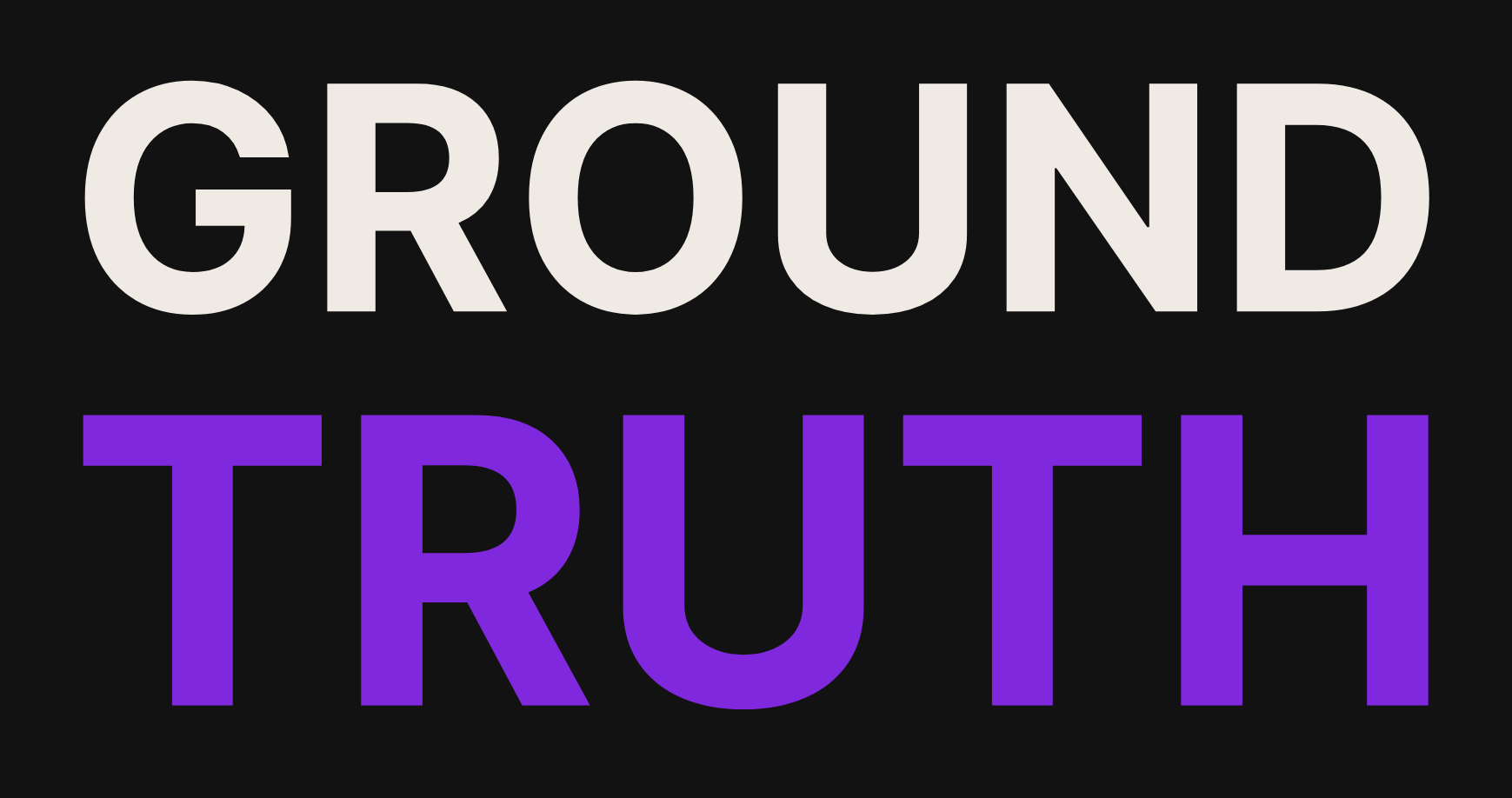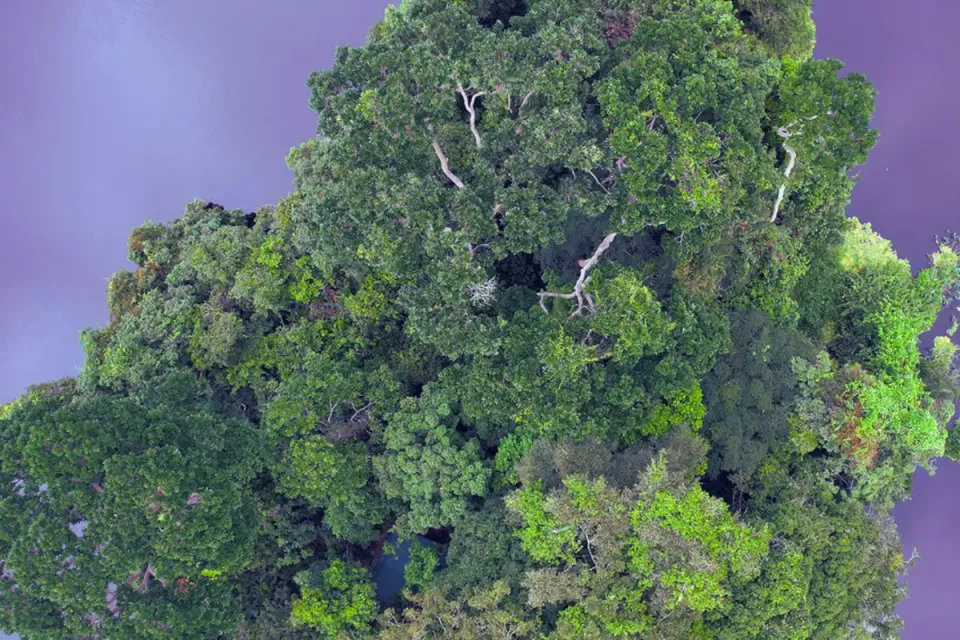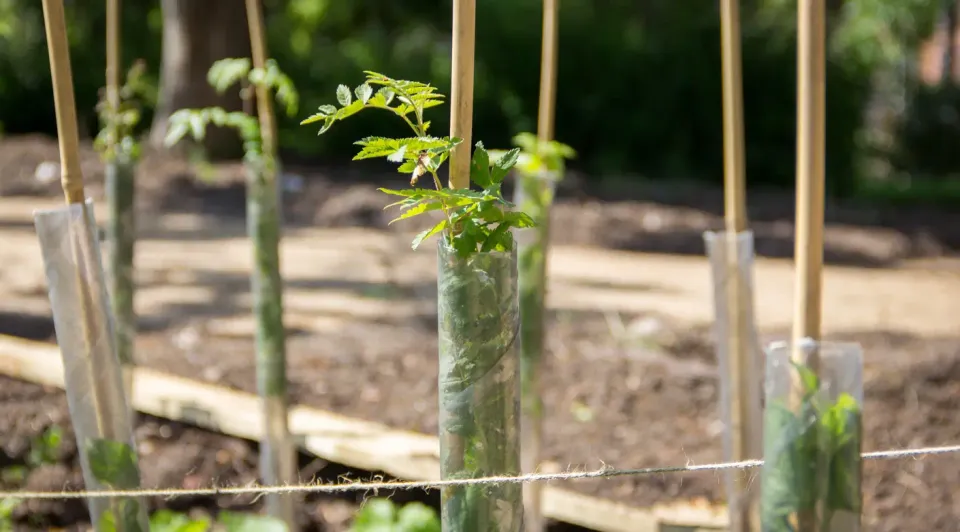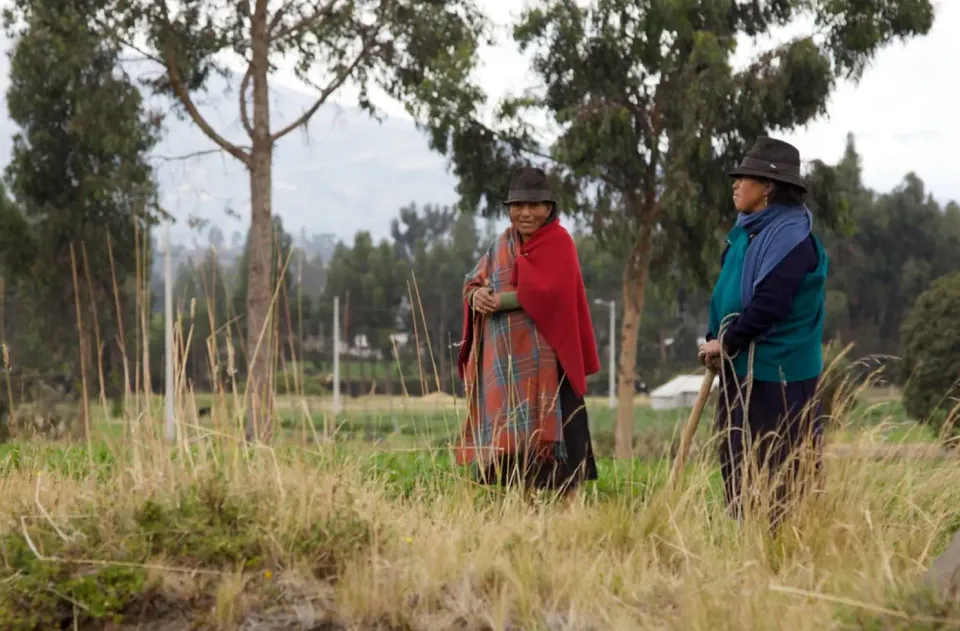Tough Nut to Crack: Tree Seed Supply Chains🐿️🌲
In a recent Canadian industry survey, the most oft-cited constraints on producing more native trees were lack of infrastructure, lack of labour, lack of market demand and lack of availability of seed (40%).
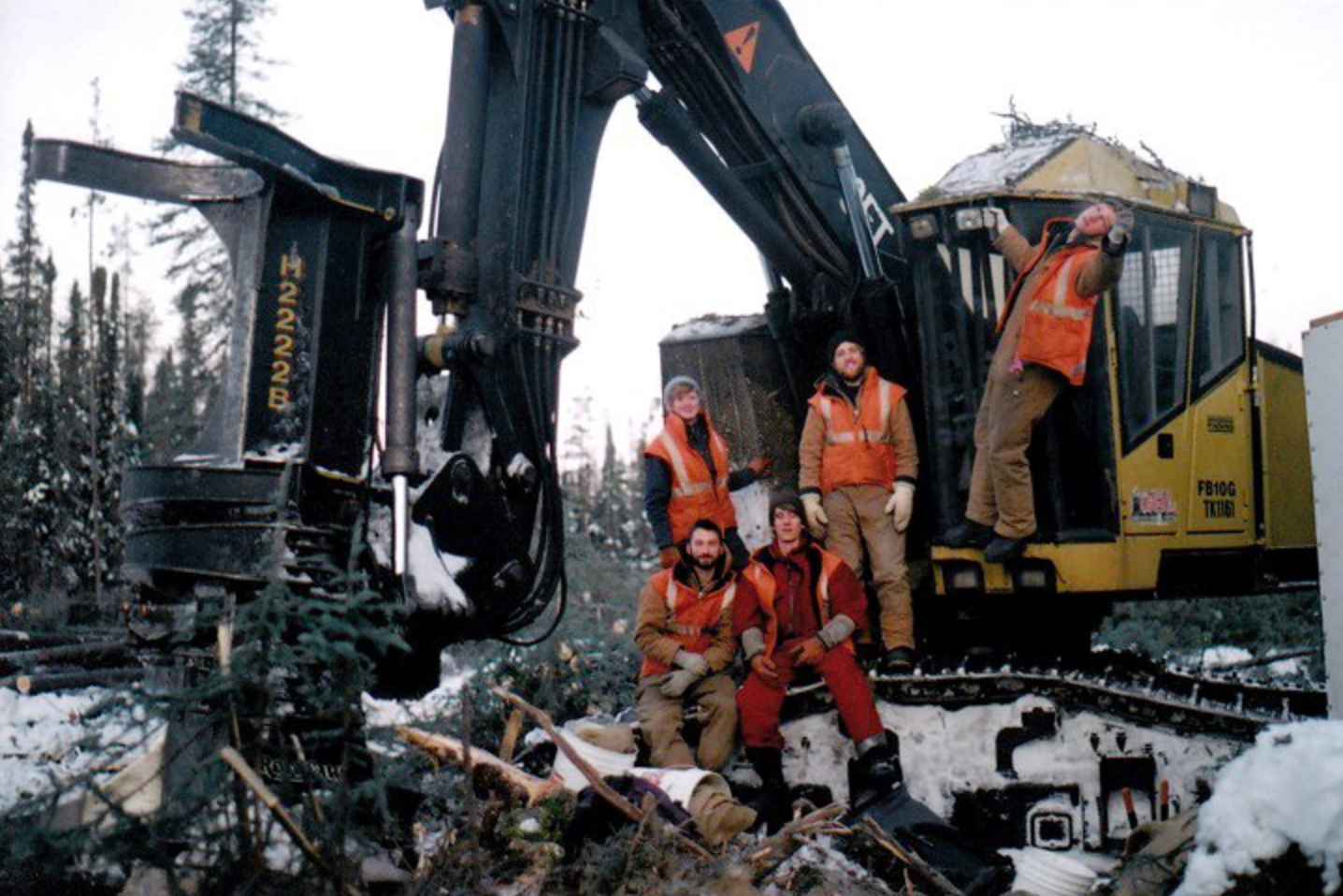
🌱The Root of the Problem: Tackling Native Seed Shortages in Restoration Efforts
Across different regions, a significant shortage of native seeds is a common and critical bottleneck for restoration efforts. In Australia, only 10% of native plant species are readily available for restoration, and many understorey shrub species, crucial for ecosystem diversity, are missing. Similarly, in Canada and Brazil, there are severe shortfalls in the supply of native tree seeds, with less than 1% of the demand being met in some areas.
Using native plants for ecosystem restoration is crucial for several reasons, all contributing to the sustainability, resilience, and biodiversity of ecosystems. Several issues impede the effective supply of seeds for restoration. This is a recurring issue for countries around the world. Economic constraints, such as low profitability and high production costs, hinder private nurseries from expanding and meeting demand. Inconsistent demand and lack of long-term planning for seed needs create uncertainty and risk for seed suppliers. It’s easy to predict demand for business-as-usual planting operations, but for sporadic efforts to restore areas devastated by natural catastrophes like wildfires, existing seed inventories do not always meet the demand. Furthermore, many nurseries rely on seeds collected from limited or genetically compromised sources, affecting the quality and viability of restoration projects.
In a recent Canadian industry survey, the most oft-cited constraints on producing more native trees were lack of infrastructure, lack of labour, lack of market demand and lack of availability of seed (40%). A similar study in the United States noted that “Due to decreasing investments in tree improvement during the past few decades, these seed resources have been declining, exposing gaps in the nation's tree seed supply”. Echoing their Canadian counterparts, survey respondents cited a lack of guidance on proper collection and storage techniques, as well as lack of labour and infrastructure.
Identifying Sources🌳
Fargione et. al. (2021) delve into the sources used by American nurseries for tree seed. Seed orchards which engineer disease-resistant seed are most ideal, however in the absence of such orchards it is necessary in many instances to collect wild seed. In order to identify new tree seed sources will require a standardised testing and certification regime. They note that “Any program to increase seed supplies must also include a seed testing component to ensure seed quality (Ryan et al., 2008; Erickson et al., 2012; Jones, 2013; Kramer et al., 2019; Frischie et al., 2020).” The gold standard for seed testing, as outlined by the Ontario Seed Transfer Policy, is generally thought to be the one set out by International Seed Testing Association member entities.
Interested in learning more? You can find a full list of ISTA-certified bodies here. 🌲
🤝Building Networks
Engaging local communities and fostering collaboration are essential for scaling up restoration efforts. In Canada, WWF-Canada's partnerships with local growers and community initiatives like the "In the Zone" program are vital for expanding native plant supply. Volunteer efforts in Arkansas, USA, and community-driven seed collection initiatives highlight the importance of local engagement in overcoming seed supply limitations. 🌿
Around the world, non-profits, governments and industry actors are collaborating to create cost-effective solutions to improve the supply chain for tree seed. However, we believe that many of these initiatives withhold information from another crucial actor in this saga: the broader public.
What do you think? Should more initiatives include public engagement? Share your thoughts below!
The Role of Open Data Tools📊
Open databases of seed sources can significantly address the challenges of seed shortages, lack of diversity, and difficulties in accessing locally adapted materials for restoration projects. By providing comprehensive, accessible, and collaborative platforms, they can enhance the efficiency and effectiveness of ecological restoration efforts globally. A few of such resources are:
The UK Forest Genetics Resources Program (an initiative by the Future Trees Trust) provides an interactive map of the seed collection resources in the UK, including research trials, seed orchards, Genetic Conservation Units and plus trees.
The TREEBREEDEX Forest Genetic Resources is a comprehensive inventory of forest genetic resources from all across Europe, including various genotypes and field trials, that provides key metadata and access to a network of sites across different environments for studying tree genetics, breeding, and adaptation.
Here at Ground Truth, we have attempted to consolidate a Global List of Tree Seed Suppliers, building on earlier work done by CIFOR-ICRAF and others. This list is by no means comprehensive, and we hope to update it regularly. We attempt to zero in specifically on sources of seed for mass plantations, rather than collections meant for urban trees or gardening. If readers can point out any sources that we are missing, please feel free to comment, or email info@groundtruth.app.
